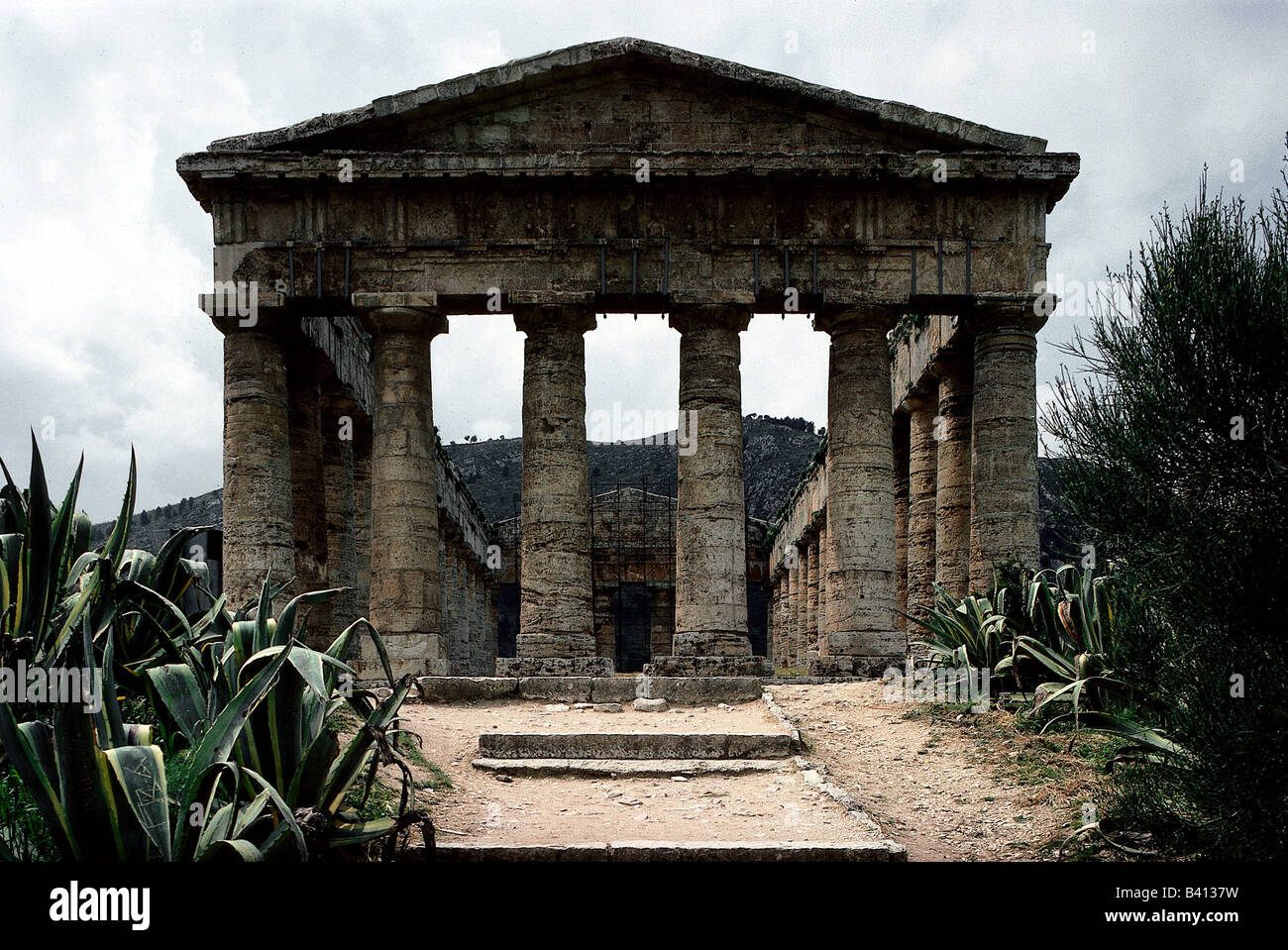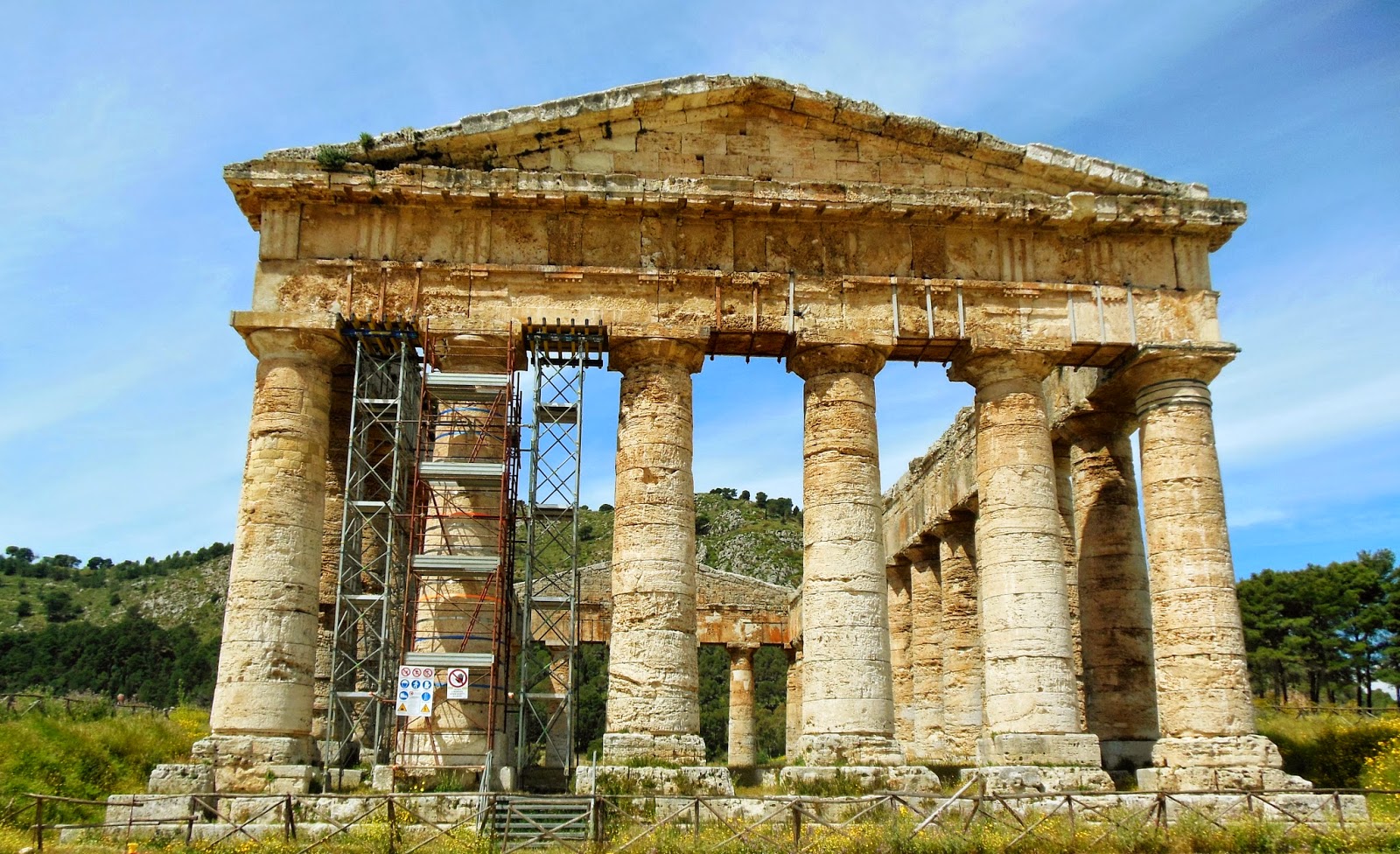

Working with these Attic models, South Italian painters and potters developed their own styles and shapes- distinguishing them from their counterparts in mainland Greece.Ī distinct preference for added colour especially white, yellow and red, is characteristic of South Italian vases in the fourth century BCE.

While these areas were both politically independent and culturally unique regions of the Greek world, they nevertheless drew influence from Athenian pottery shape, design, and iconography. The five regions in South Italy: Lucania, Apulia, Campania, Paestum and Sicily produced significant amounts of pottery between 440 and 300 BCE. Until the fifth century BCE South Italian settlements imported their pottery from Corinth and Athens.īy the end of the Peloponnesian War in 404 BCE, Athenian pot production and trade had declined and cities in South Italy began to manufacture pottery locally. Opening Friday 15 March at the Hellenic Museum, the exhibition Beyond Attica: Art of Magna Graecia is a unique collection of Attic black-figure and south Italian red-figure vases, dating from the 6th century to 4th century BCE.


 0 kommentar(er)
0 kommentar(er)
